Rowan Gilmore, Les Besser1580535224, 9781580535229
Table of contents :
Practical RF Circuit Design for
Modern Wireless Systems……Page 5
Copyright……Page 6
Contents……Page 9
Preface……Page 15
Acknowledgments……Page 19
1.1 Introduction……Page 21
1.2 Power gain definitions……Page 23
1.3 Neutralization……Page 27
1.4 Unilateral transducer gain……Page 28
1.4.1 Unilateral figure of merit……Page 30
1.4.2 Illustrative example: unilateral gain calculations……Page 32
1.4.3 Amplifier design with single matching networks……Page 33
1.4.5 Illustrative example: single- sided amplifier design……Page 35
1.5 RF circuit stability considerations……Page 39
1.5.1 What may cause RF oscillation……Page 42
1.5.2 Stability analysis with arbitrary source and load terminations……Page 45
1.5.3 Two- port stability considerations……Page 50
1.5.4 Stability circles……Page 55
1.5.5 Graphical forms of unconditional stability……Page 60
1.5.6 Graphical forms of potential instability……Page 61
1.5.7 Caution about multistage systems……Page 62
1.6 Stabilizing an active two- port……Page 66
1.6.1 Finding the minimum- loss resistor at the input of the device……Page 67
1.6.2 Broadband stability considerations……Page 69
1.7.1 Examining the effect of lossless feedback……Page 70
1.7.2 Device stabilization……Page 71
1.8 The dc bias techniques……Page 79
1.8.1 Passive dc bias networks……Page 80
1.8.2 Active dc bias circuits……Page 83
1.8.3 Feeding dc bias into the RF circuit……Page 84
1.8.4 The dc bias circuit simulation……Page 85
1.9 Statistical and worst- case analyses……Page 89
1.10 Circuit layout considerations……Page 91
1.12 Problems……Page 94
2.1 Introduction……Page 97
2.2 Bilateral RF amplifier design for maximum small- signal gain……Page 98
2.2.1 Illustrative exercise: amplifier design for maximum gain, G……Page 102
2.3.1 Cascading impedance- matched stages……Page 108
2.3.2 Cascading amplifiers by direct impedance matching……Page 109
2.3.3 Output power and impedance match considerations of cascaded amplifiers……Page 112
2.4 Operating gain design for maximum linear output power……Page 114
2.4.1 Operating gain design outline……Page 115
2.4.3 Stability considerations……Page 117
2.4.4 Illustrative example: operating gain design for maximum linear power output……Page 118
2.4.5 Output match considerations……Page 121
2.5.1 Review of noise sources in RF systems……Page 122
2.5.2 Two- port noise parameter definitions……Page 126
2.6 Available gain design technique……Page 127
2.6.1 Available gain design outline……Page 128
2.6.2 Low- noise amplifier design considerations……Page 130
2.6.3 Illustrative example: design of a single- ended 1.9- GHz LNA……Page 131
2.6.4 Balanced amplifiers……Page 134
2.6.5 Illustrative example: design of a balanced LNA for the 1.7- to 2.3- GHz frequency range……Page 136
2.7 Comparison of the various amplifier designs and Smith chart ¨C based graphical design aids……Page 141
2.8 Broadband amplifiers……Page 143
2.8.1 Reactive match/ mismatch approach……Page 144
2.8.2 Dissipative mismatch at input and/ or output ports……Page 145
2.8.4 Feedback amplifiers……Page 149
2.8.5 Distributed amplifiers……Page 161
2.9 Summary……Page 162
2.10 Problems……Page 163
3 Active RF devices and their modeling……Page 167
3.1 The diode model……Page 168
3.2 Two- port device models……Page 170
3.2.2 The bipolar transistor……Page 173
3.2.3 The heterojunction bipolar transistor……Page 193
3.2.4 The GaAs MESFET……Page 197
3.2.5 The high- electron mobility transistor……Page 204
3.2.6 Silicon LDMOS and CMOS technologies……Page 207
3.3 Problems……Page 210
4.1 Classification of nonlinear circuit simulators……Page 213
4.1.2 Time- domain methods……Page 214
4.1.3 Hybrid time- and frequency- domain techniques ¡ª harmonic balance……Page 217
4.1.4 Frequency- domain techniques……Page 220
4.2 The harmonic balance method……Page 222
4.3 Harmonic balance analysis of oscillators……Page 227
4.3.1 Oscillator analysis using probes……Page 228
4.3.2 Oscillator analysis using reflection coefficients of the device and resonant load……Page 229
4.3.3 Oscillator analysis using a directional coupler to measure open- loop gain……Page 234
5.1 Nonlinear concepts……Page 237
5.1.1 Some nonlinear phenomena……Page 240
5.2 Quasi- linear power amplifier design……Page 243
5.2.1 The amplifier load line……Page 244
5.2.2 Load pull methods……Page 252
5.3.1 Class- A amplifier……Page 263
5.3.2 Class- B amplifier……Page 268
5.3.3 Class- F amplifier……Page 277
5.3.4 Comparison of class- A, class- B, class- F, and other operational modes……Page 285
5.3.5 Switching- mode amplifiers……Page 291
5.3.6 Cascaded power amplifier design……Page 298
5.4 Power amplifier design example……Page 300
5.4.1 Transistor selection……Page 301
5.4.2 Transistor characterization……Page 302
5.4.3 Matching the input and output of the device……Page 306
5.4.4 Harmonic tuning example……Page 316
5.5.1 Bias changes at the input……Page 318
5.5.2 Bias changes at the output……Page 322
5.5.3 Bias considerations with power devices……Page 324
5.6 Distortion reduction……Page 327
5.6.1 The importance of amplifier linearity……Page 329
5.6.2 Operating the amplifier backed off……Page 331
5.6.3 Predistortion……Page 332
5.6.4 Feedforward cancellation……Page 337
5.6.5 Device modification……Page 339
5.6.6 System- level reduction of distortion……Page 345
5.7 Problems……Page 348
6 Oscillators……Page 357
6.1.1 Two- port oscillator design approach……Page 358
6.1.2 One- port oscillator design approach……Page 369
6.1.3 Transistor oscillator configurations……Page 393
6.1.4 Characterizing oscillator phase noise……Page 410
6.2.1 45.455- MHz Colpitts crystal oscillator design……Page 424
6.2.2 Design of a 3.7- to 4.2- GHz voltage- controlled oscillator……Page 430
6.3 Problems……Page 449
7.1 Mixer overview and their applications in systems……Page 453
7.2 Diode mixers and their topologies……Page 462
7.2.1 Single- ended mixer……Page 463
7.2.2 Single- balanced mixer……Page 465
7.2.3 Double- balanced mixer……Page 471
7.2.4 The image problem in mixers……Page 475
7.2.5 Harmonic components in mixers……Page 480
7.3.1 Active transistor mixers……Page 484
7.3.2 Resistive FET mixers……Page 508
7.3.3 Dual- gate FET mixers……Page 514
7.3.4 Comparison of mixers……Page 520
7.4 Frequency multipliers ¡ª an overview……Page 521
7.4.1 Frequency doublers……Page 522
7.4.2 Arbitrary frequency multiplication……Page 525
7.5 Problems……Page 526
8.1 Mobile telephony systems……Page 529
8.1.1 Second generation mobile systems……Page 530
8.1.2 Third generation mobile systems……Page 532
8.2.1 RF digital processing……Page 535
8.2.2 Digital processing of a wideband IF……Page 537
8.2.3 Digital processing at baseband ( direct conversion)……Page 538
8.2.4 Transceiver issues associated with software- defined radio……Page 540
8.3.1 The air interface specification for PHS……Page 542
8.3.2 Component specification……Page 543
8.3.3 Component design……Page 545
8.4 Integrated system chips: an overview……Page 551
8.4.1 RF receiver front ends……Page 552
8.4.2 RF upconverters and transmitter driver amplifiers……Page 556
8.4.3 Transceiver and complete radio solutions……Page 558
8.4.4 Power amplifier modules……Page 563
8.5 Conclusion……Page 564
Summary of Basic Formulas ¨C 1……Page 567
Summary of Basic Formulas ¨C 2……Page 569
About the Authors……Page 571
Index……Page 573
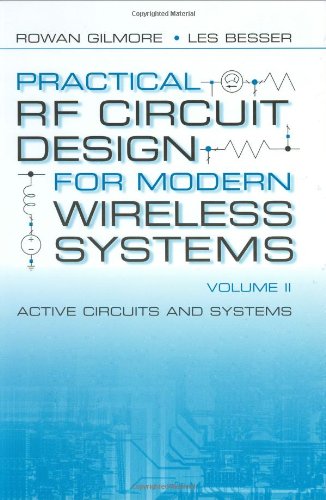


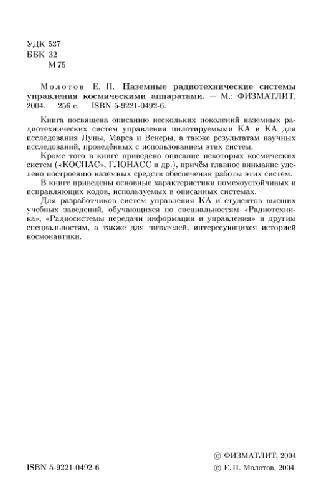
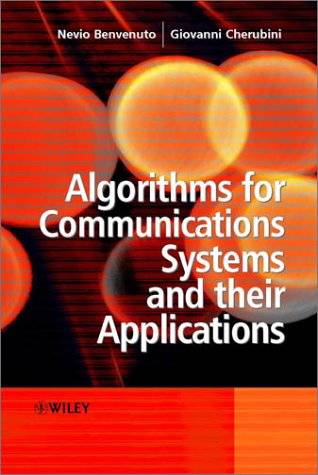
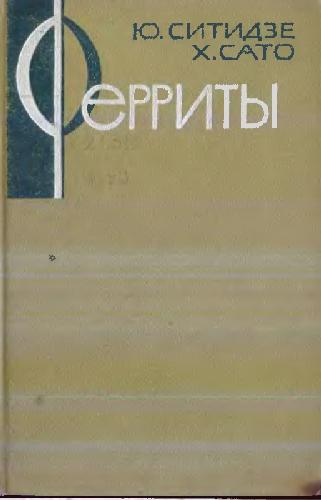
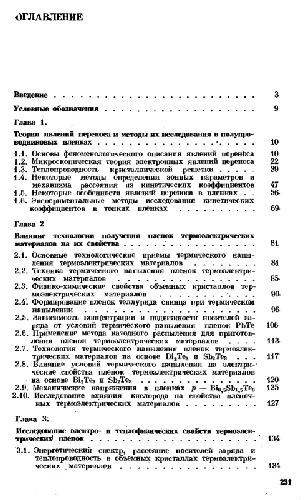
Reviews
There are no reviews yet.